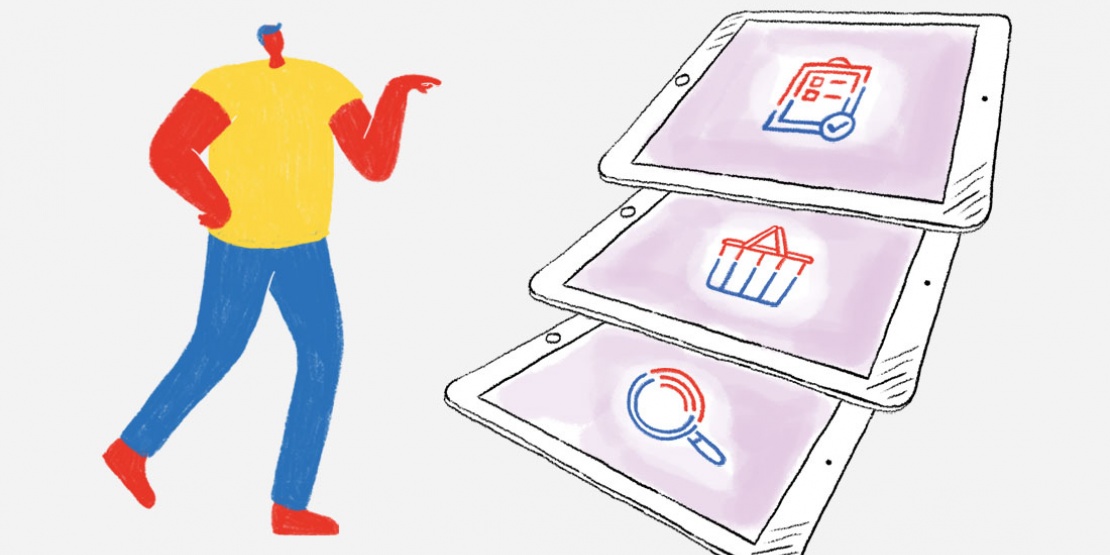Although they only account for an average of 5% of overall purchases, Tail spend make up almost 70% of hidden costs[1]. These indirect expenses are particularly related to transaction costs and volumes. This serves as a reminder to companies of the importance of optimising their Procure-to-Pay cycle, in other words, the process from product research to invoicing.
Optimising the Procure-to-Pay process
In procurement departments, indirect purchases involve the largest number of transactions. However, the majority of companies are not equipped with an e-procurement solution for Tail spend. This would enable them to digitalise this large number of transactions, therefore optimising how they manage purchases and reducing their associated transaction costs.
| It is important to remember that the cost of a standard transaction is estimated to be €95, while the cost of a fully paperless transaction is estimated to be €19, resulting in savings of up to 80% [1]. |
With this in mind, it seems vital to automate and improve the flow of the Procure-to-Pay process by using an e-procurement solution. The key is better control of indirect purchases and total cost of ownership (TCO).
Multiple benefits
The benefits of digitalising transactions go well beyond just savings, although this remains one of the major advantages. In the long term, digitalising transactions can help to:
- Make savings
Procurement departments not only reduce their transaction costs but also group their orders together. With the figures to support them, they can therefore highlight the added value that comes with digitalising transactions to general management.
- Improve productivity
Teams can improve their productivity in purchasing cycles by up to 50%[2]: Internal customers have access to a negotiated offer, warehouse staff receive fewer deliveries, accountants process fewer errors or disputes, and so on.
- Take back control of these purchases
Implementing an e-procurement solution also allows procurement departments to have a clear view of spending and identify future sources of savings. Secondly, it also contributes to ensuring that procurement policy is applied for internal customers, significantly reducing maverick spend.
Ultimately, by digitalising their Procure-to-Pay process, procurement departments can bring digital transformation to their business and help to improve their performance and competitiveness, all while strengthening their strategic positioning.
| Download our new white paper |








